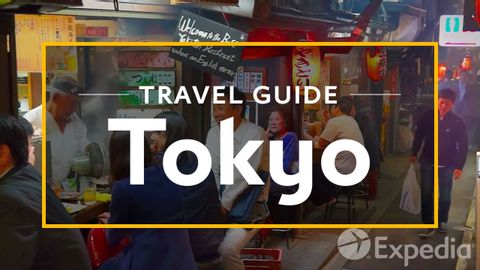準備好出國放假了嗎?東京旅遊指南報你知! (Tokyo Vacation Travel Guide | Expedia)
Grothendieck 發佈於 2015 年 01 月 17 日  沒有此條件下的單字
沒有此條件下的單字- v.t./i.球;在...前部;前往;帶領;帶領
- n. (c.)頭數;領導;硬幣;頭;頂部
- n. (u.)智力;頭腦
- v.t.地點;安置,放置;排名;下訂單;辨認出
- n. (c./u.)位置;位置;處境;城鎮
US /səˈsaɪɪti/
・
UK /sə'saɪətɪ/
US /hɪˈstɔrɪk, -ˈstɑr-/
・
UK /hɪˈstɒrɪk/
